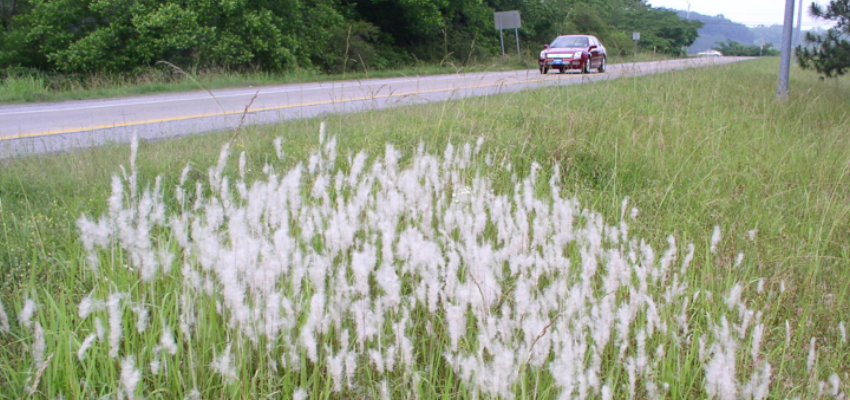Cogongrass control help offered
Published 12:00 am Friday, June 15, 2018

- The cost-sharing eradication program could become a model for the state. Courtesy photo
The Covington County Soil and Water District has announced a Cogongrass control program for interested Covington County landowners.
Cogongrass is one of the 10 worst weeds in the world because it can destroy entire ecosystems.
The grass grows in circular clumps and is identifiable by its fluffy, white, plume-like seedheads in the spring and the sharply pointed root ends. It produces an exorbitant amount of heat when burned, which can kill tree populations in forests.
It was originally introduced to Alabama near Grand Bay in 1911 as seed in packing material from Japan. Since then, it has spread through four defined methods: mowing, motor graders on dirt roads; the logging and timber industry, and by air.
Local soil conservationist Chris Mead estimates Covington County has significantly more Cogongrass than the 1,150 documented infestations covering 173 football fields from a dated 2012 survey.
“Anyone who understands this invasive ponders what the Covington County landscape will look like in the future,” Mead said. “Open your eyes because it is blooming this time of year.”
Covington County Soil & Water District board member Bill Godwin said the local group has received grant funds with which to start an eradication program he expects will become a statewide model.
“We’re asking people to complete applications,” Godwin said. “Once we get an estimate, we’ll bid out the treatment. Most people in the local area won’t have the equipment to treat it themselves.”
Godwin said eradication efforts vary based upon whether the grasses are growing on crop land, hay land or forestry.
Applications will be accepted until mid-July, he said, and areas will be sprayed before October.
Landowners with Cogongrass can complete an application at the Covington County Soil & Water District Office located in the Service Center at 23952 Hwy 55, Suite 1, Andalusia, Alabama 36420. For more information call 334-222-3519, Ext #3.
While the district will pay for most of the eradication effort, there is a cost-sharing component, based upon the size of the area to be treated.




